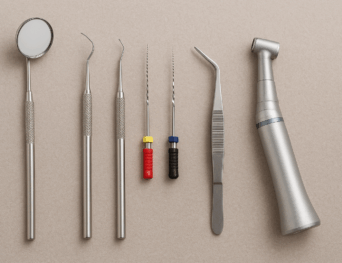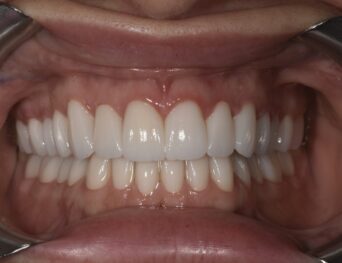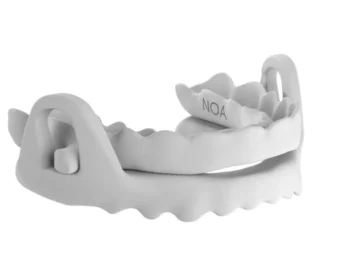Gingivectomy
Gingivectomy
Gingivectomy is a surgical procedure performed by the periodontist in which a little gum is trimmed for aesthetic purposes.
Through gingivectomy we perform the excision and suppression of a part of gingival tissue, either why it is injured or why the application of a dental aesthetic treatment in the area requires us to reduce the size of the gum in a given area.
There is another procedure called gingivoplasty, which is used to reshape the gum in order to obtain a more aesthetic tooth contour and sometimes it is carried out simultaneously with the gingivectomy.
Although in some cases the fact of having little gingival tissue can go against the patient and cause, among other things, loss of teeth, excess or enlargement of the periodontal pockets can also be an important problem that must be remedied. Gingival surgery is the procedure with which we treat the gums to remove part of the gingival tissue that is injured or to prepare an area that has to be intervened by the dentist.
Gingivectomy Indications
Gingivectomy is indicated for the treatment of periodontal disease in patients whose supraosal bags are more than 3 mm deep and maintain a minimum required amount of keratinized gum. Such intervention will also be predictable when bone loss occurs horizontally and bone surgery is necessary. Finally, we will also use it when we have to intervene in areas of limited access where removing a part of gingival tissue can facilitate the technique to be applied.
Currently, gingivectomy is used to treat various pathologies related to gingival tissues. Predictably it is problems such as hyperplasia or gum growth due to medications, gum fibrosis, in supraosseous pockets in difficult places, or to improve access in restorative techniques that invade the subgingival space.
In short, gingivectomy is a very useful technique to solve all kinds of problems related to the gums. It is a very simple surgical technique that apart from improving the oral health of patients also provides very good aesthetic results. Precisely this characteristic has made in recent years his sister technique, gingivoplasty has gained popularity among professionals for dental aesthetic treatments.
Apart from these situations where we cannot apply it, gingivectomy has three important advantages. Although it is true that a previous history and examination of the patient and the performance of a radiology will be necessary before applying it, gingivectomy is a very simple technique to use once its suitability is confirmed. On the other hand, it has a high predictability and does not usually present surprise after its application. Finally, it can be very useful to facilitate access to areas that need intervention.
Surgical technique
Gingivectomy is performed under local anesthesia and does not involve any pain in the patient. Once the area is anesthetized, the following steps are followed:
- Determination of the depth of the periodontal pocket with tweezers.
- Signaling of the line where the incision is to be made using a periodontal probe.
- Making the incision on the line marked with a scalpel, starting from apical to the marked points.
- Removal of leftover tissues with a scalpel.
- Smoothing of the gingival tissues with a rotating instrument.
- Protection of the area operated with a surgical cement that avoids postoperative problems.
Although they are usually avoided, gingivectomy can cause discomfort in the patient due to the healing process. Depending on the circumstances it can also lead to postoperative hemorrhages that are becoming less frequent. And finally, it inevitably involves the loss of a part of the keratinized gum, so it cannot be used in which patients.
In cases where there is not enough keranitized gum or periodontal pockets that extend beyond the mucogingival line, this intervention will be contraindicated. Nor can we do it when a resective or inductive bone remodeling is required.
Through gingivectomy we perform the excision and suppression of a part of gingival tissue, either why it is injured or why the application of a dental aesthetic treatment in the area requires us to reduce the size of the gum in a given area.
There is another procedure called gingivoplasty, which is used to reshape the gum in order to obtain a more aesthetic tooth contour and sometimes it is carried out simultaneously with the gingivectomy.
Although in some cases the fact of having little gingival tissue can go against the patient and cause, among other things, loss of teeth, excess or enlargement of the periodontal pockets can also be an important problem that must be remedied. Gingival surgery is the procedure with which we treat the gums to remove part of the gingival tissue that is injured or to prepare an area that has to be intervened by the dentist.
-
Me ha gustado mucho
Me han tratado muy bien en la clínica dental Dávalos & Balboa.
Manuel Martinez










